Design and technology is an inspiring and practical subject. Using creativity and imagination, pupils design and make products that solve real and relevant problems within a variety of contexts, as well as creating something that brings an idea or vision to life. The subject allows children to incorporate other subjects such as maths and science into real contexts.
Pupils learn how to take risks in their work, encouraging them to become resourceful and innovative.
At Holy Trinity Church School, Design and Technology develops children's skills and knowledge in design, structures, mechanisms, electrical control and a range of materials, including food and textiles. It encourages children's creativity and encourages them to think about important issues, develop the creative, technical and practical expertise needed to perform everyday tasks confidently and to participate successfully in an increasingly technological world.
We follow a ‘Research, Design, Make, Evaluate’ approach to the teaching and learning of DT, to encourage deeper thinking into the steps of getting from ‘start to finish’ of a product and understand the process.
Year 6 Planes
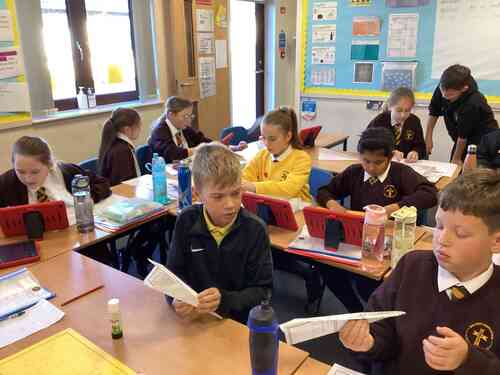
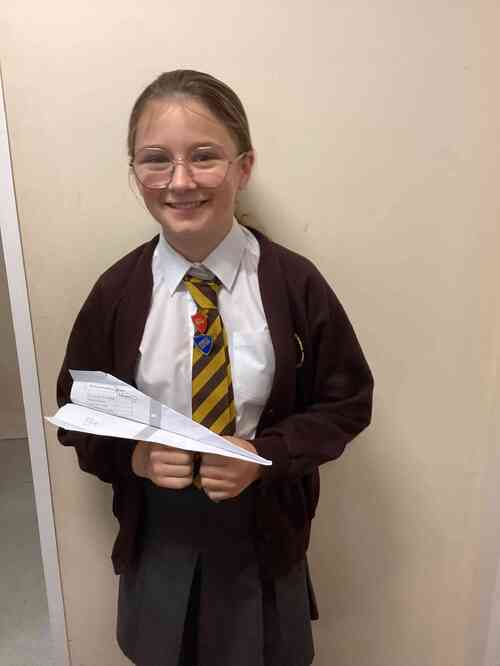
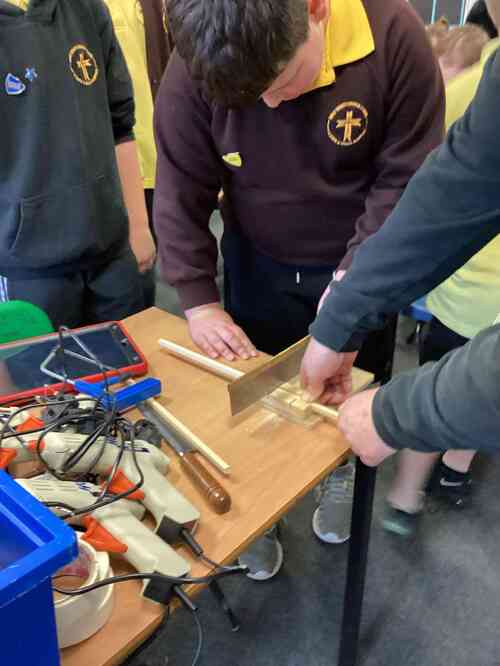
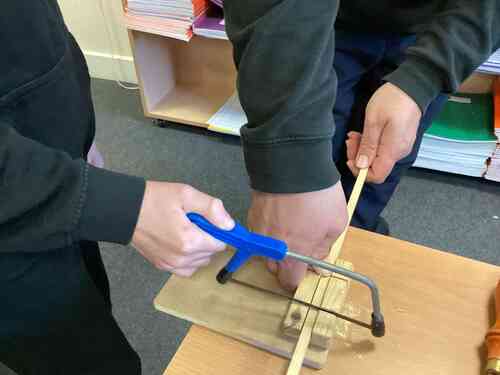
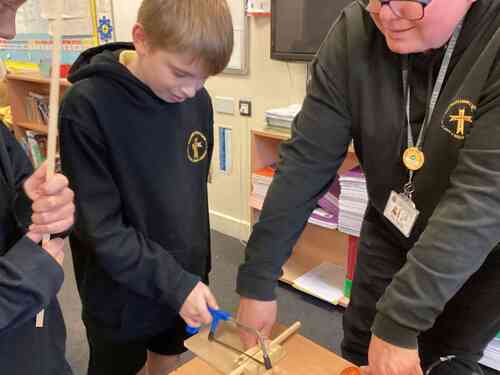
Following on from their World War II topic, Year 6 created their own World War II planes. First, they made a prototype out of paper and tested how far they could fly. This data was recorded using a bar chart. They then looked at the different components of a plane, such as, creating replicas of wings. They then made the real thing using saws and wood.
Year 3 Mosaics
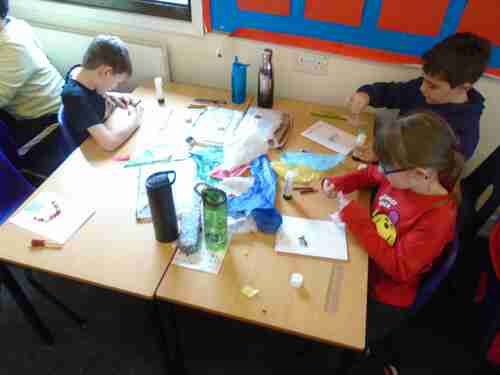
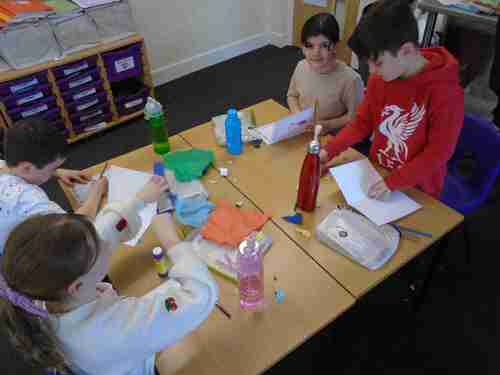
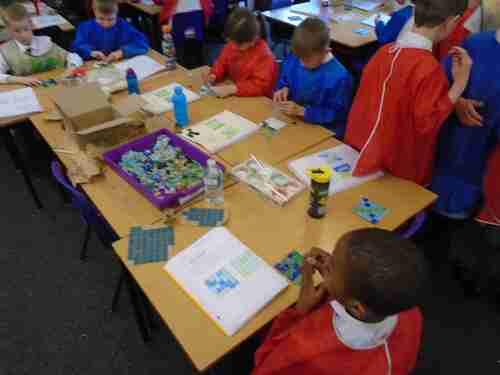
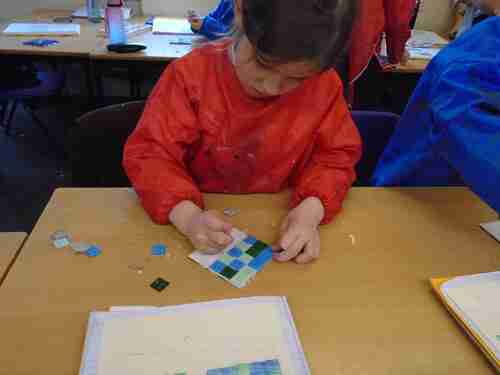
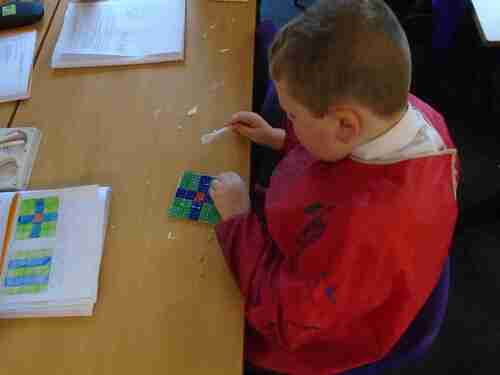
To tie in with their Romans topic, Year 3 created Roman mosaics. First, they researched what a mosaic is, different designs and their purpose. They were amazed to find out each one would tell a story! They then used this to design their own, focussing on patterns and creating a picture. They then used glass mosaic tiles, grout, spatuals and wooden tiles to create their own!
Year 4 Saxon Bread
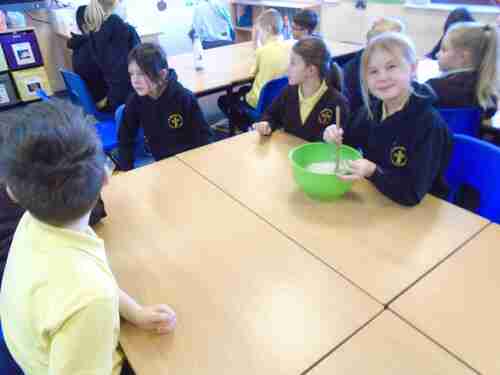
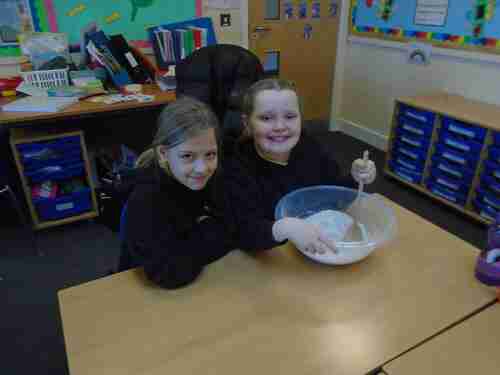
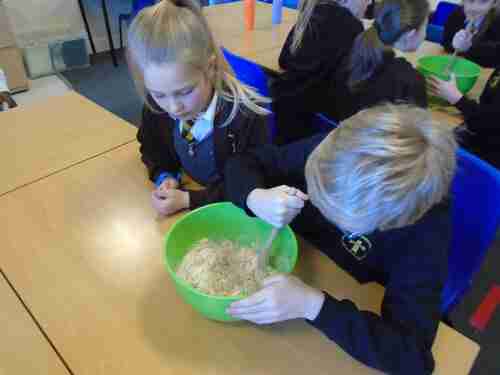
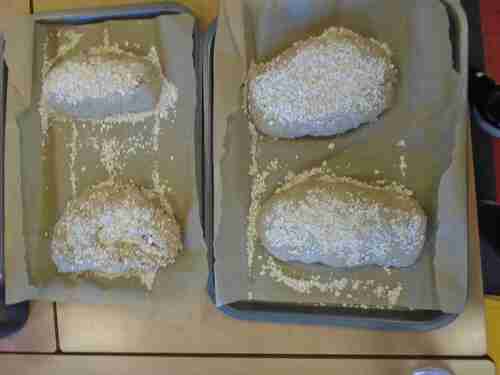
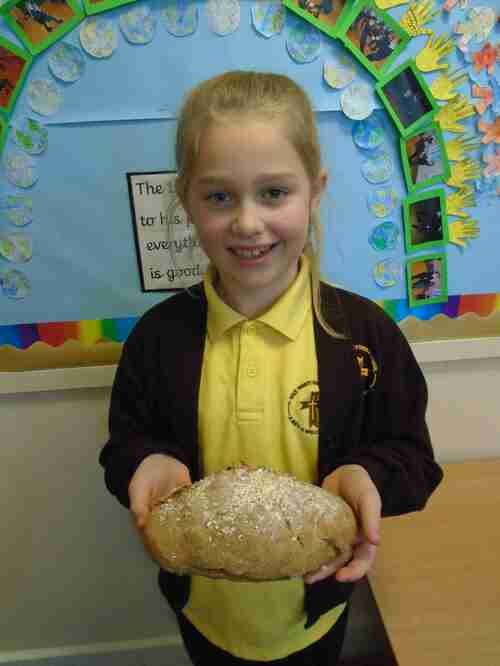
During food focussed DT, children understand and apply the principles of nutrition and learn how to cook, linking this to Science and PSHE as well as history.
In order to help bring their Anglo Saxon topic to life, Year 4 applied the principles and skills of cooking to follow an Anglo-Saxon bread recipe and make their own. They had the choice to make either Royal bread or Peasant bread. They then got to taste and evaluate their bread too.
Year 2 Wraps
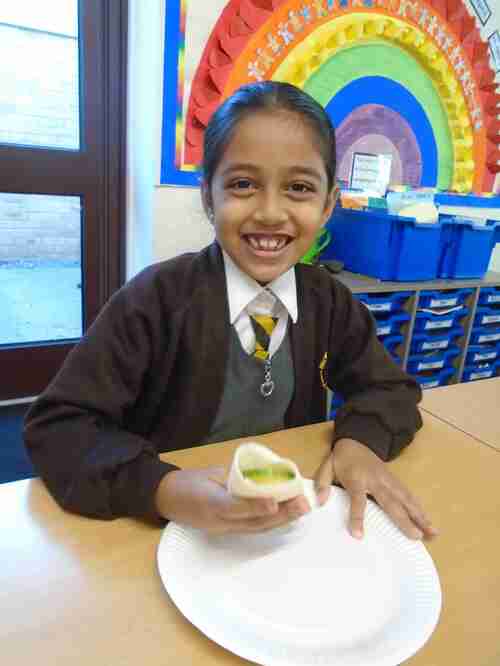
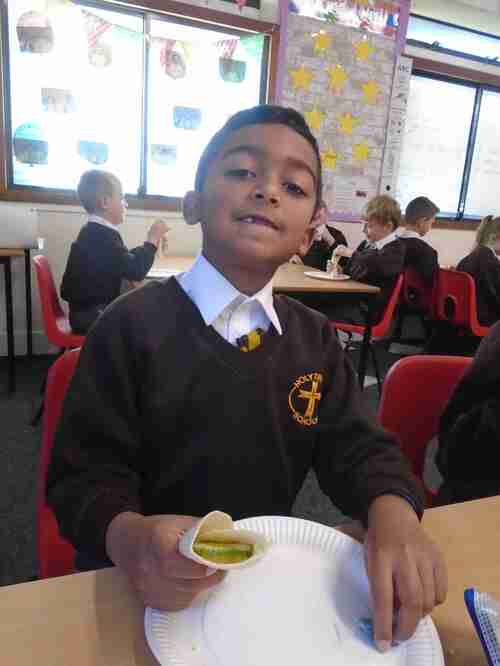
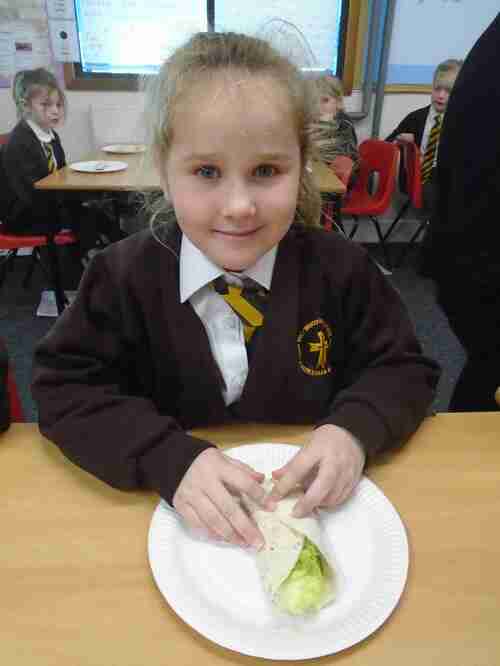
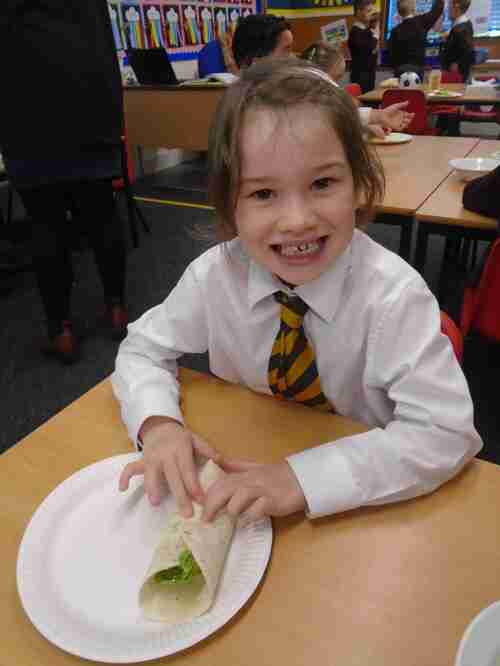
Linking in with their Healthy Eating topic, Year 2 applied this knowledge to create a healthy wrap. They got to choose their own ingredients and see how easy it is to have a healthy diet therefore educating them in making healthy food choices.
Year 5 Victorian Sweets
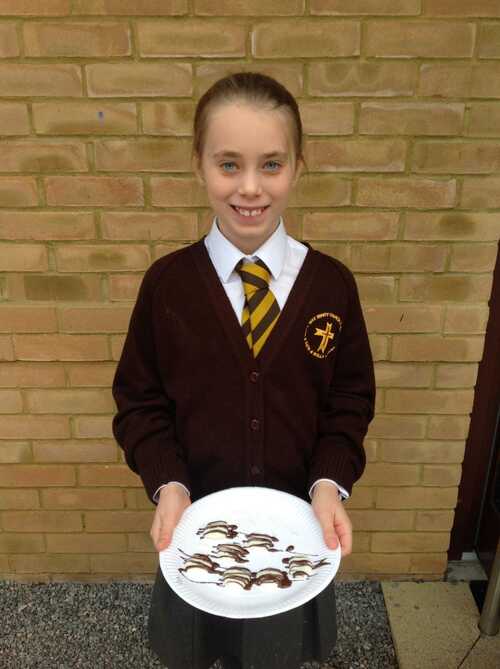
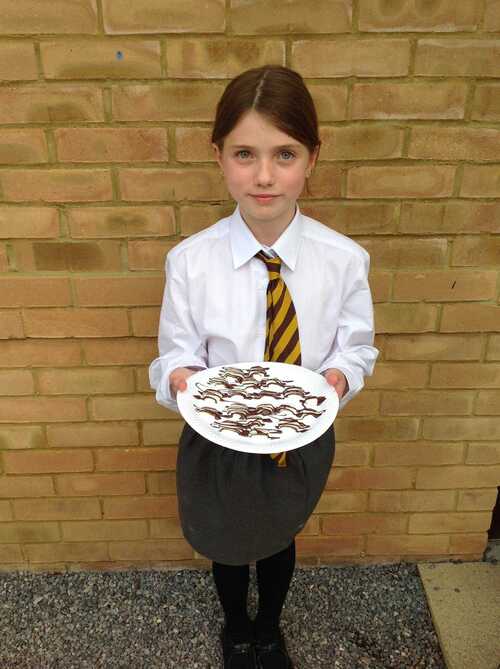
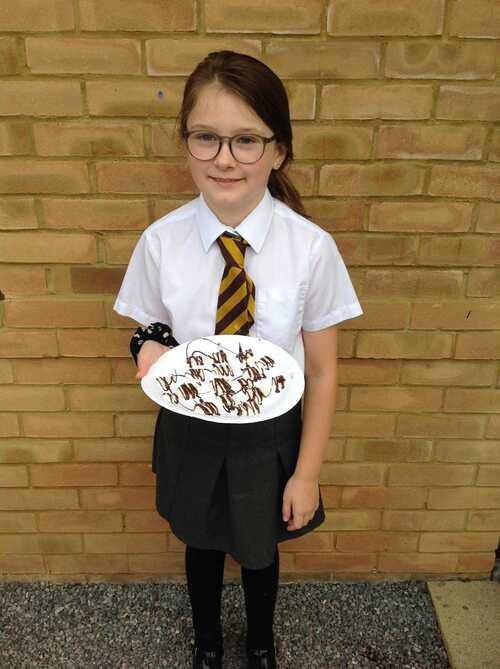
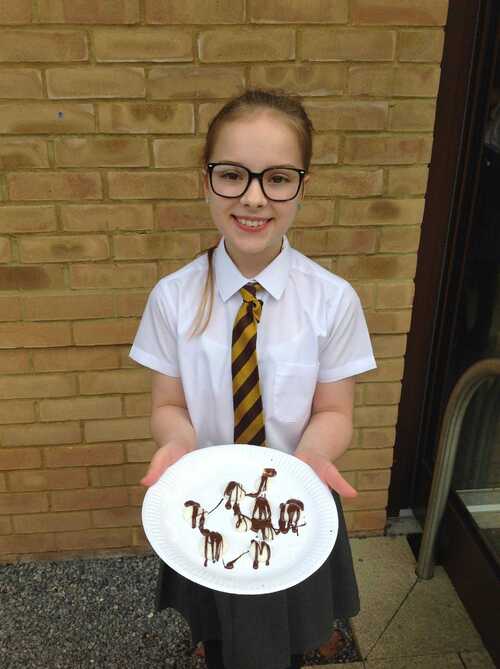
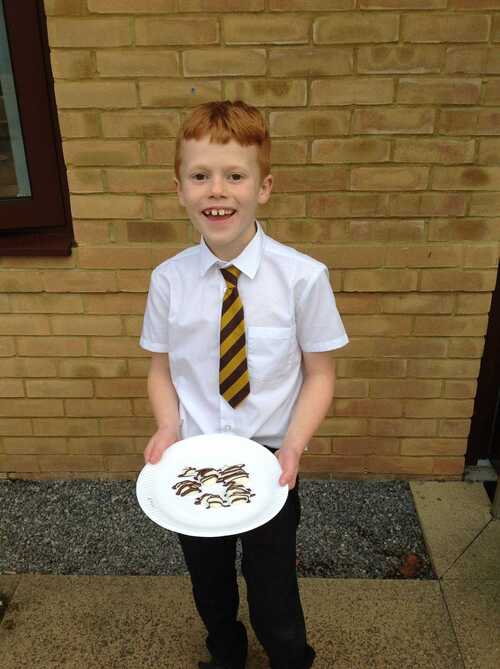
Year 5 made their own Victorian Sweets to link with their Victorians topic. First they researched tradiotional Victorian sweets and were shocked to see that many of the sweets we eat today originated from the Victorian era. They then researched peppermint creams more closely and designed their own, thinking about how they want it to look. They then followed a recipe and incorporated some maths by using imperial measures to make their sweets. They then got to taste them and evaluate them, thinking about what went well and what needed improving.